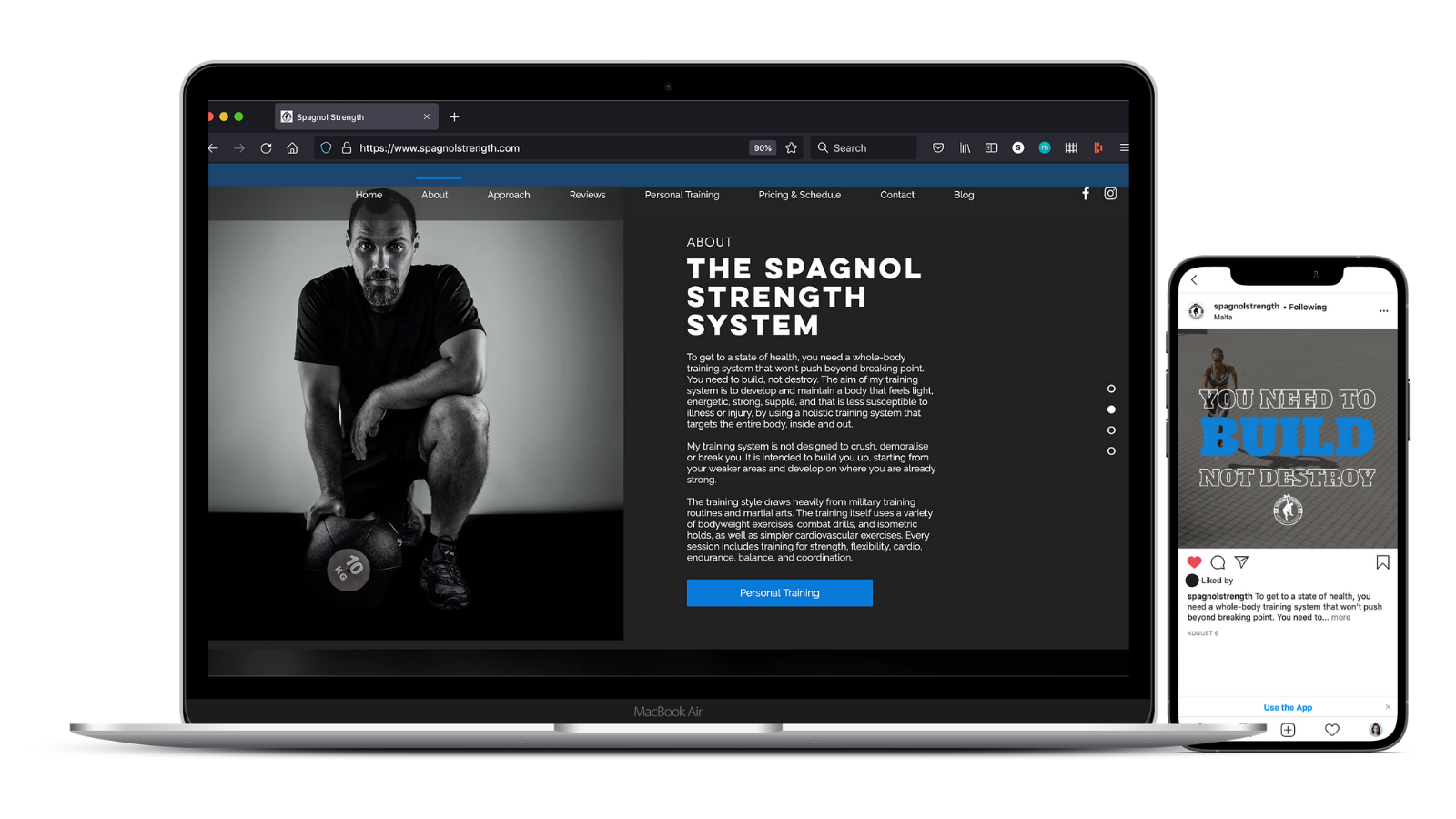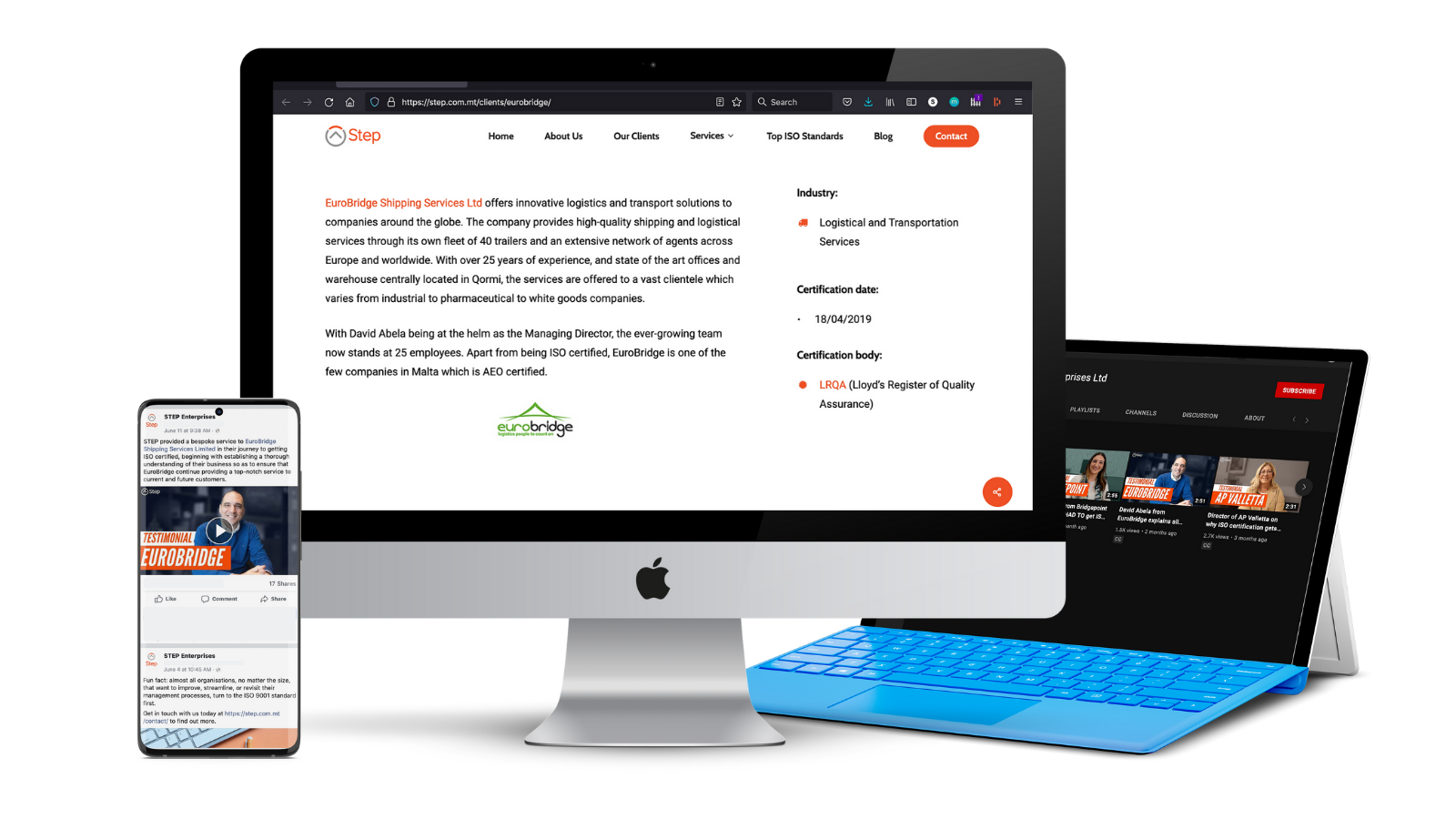Let’s get something straight from the outset; for most companies and individuals, writing something and publishing it on the company website or blog every six months just isn’t going to cut it. Target keywords in most industries are fiercely competed on, so that is far too little content to even be noticed by Google and the search engines, not to mention the necessity of providing your content in as many forms as possible.
What, how do you mean, “your content in as many forms as possible”?
The truth is that as the internet continues to evolve and become a more prominent and prevalent layer in our lives, content needs to be multimedia and multimodal. That means creating content for as many different modes and media and social networks as possible.
Does that mean more work?
Yes, indubitably and inevitably so, but that does not necessarily mean an incredible amount of increase in workload.
Here I’m going to share with you my tips for spinning content in as many different ways as possible while minimising your effort and time required.
How We Repurpose Content and Minimise Effort
Here’s how we do it at Systemato; as a digital agency we now have over a decade of experience in creating online content of all kinds. It used to be that content was specifically that, producing written content for the web, however by time, clients started coming back to us asking for different things.
Nowadays rather than churning out yet another blog post, we always make sure that any content we create is used and reused in as many ways as possible.
An easy practical example would be that aside from writing a blog post, you also pick a few choice outtakes, design social media posts around them and share them on the social networks. If you are also advertising on social networks then those artworks get resized accordingly to run an advertising campaign with them.

From the Big Thing Comes the Small
That’s only the beginning though because things get more complex the more layers of content you add. The way I see it, it’s wisest to take the most complex piece of content that you have and break that up into smaller constituent parts that can work independently on separate networks and different purposes.
For example, a very popular service we offer is the filming, editing and production of video testimonials, most often interviewing our clients’ clients. Shooting a video requires scheduling, lighting, lots of time in prep and editing, so on and so forth.
Therefore if you’re going to that effort of filming a client testimonial, it then makes sense to take the finished video and not only put it on your website but also write a snappy title and description and upload it to your YouTube account.
Obviously also upload it to Facebook but also create shorter edits that can work as Instagram stories, Facebook stories or work better for Twitter and other social networks.
And that’s not all, because once you finished with the video you’ve also got screengrabs that you can take from the video, as well as the related artwork and choice quotes which can be used again for posting on social networks. And don’t forget you can also run a Display campaign on Google Ads, showing banner ads to users who have shown interest in topics related to your business, or by targeting specific websites too.
If you got a very good short quote by a client in a video, that becomes a testimonial on your site.

Final Slices
Here’s a tip – from YouTube, provided the video is in English, you can download closed captions of the video’s audio, that is the client testimonial interview. Take that text, clean it up, and rewrite and shape so that it becomes a client page on your website, adding credibility.
Lastly, take one of the short edits and boost it on Facebook and create a Discovery campaign on YouTube so that people interested in the topics surrounding your company or business are targeted by the ad and or shown the ad while browsing YouTube. Send anyone who clicks the ad to the client page we’ve just mentioned above, which obviously has a fantastic structure and strong call to action to get in touch, make an order, or whatever it is you want users to do on your website.
Help You?
Confused? Don’t be. We can explain. Know what you need to do, but don’t have the people, skills or time to do it? No problem. Tell us what you’d like to do, and we’ll help you out.

